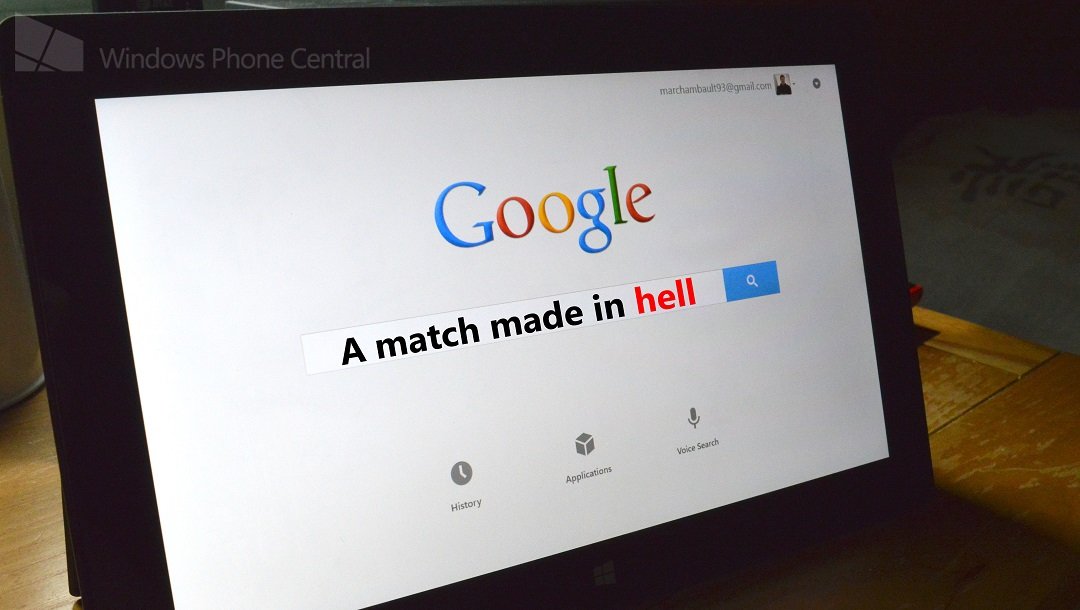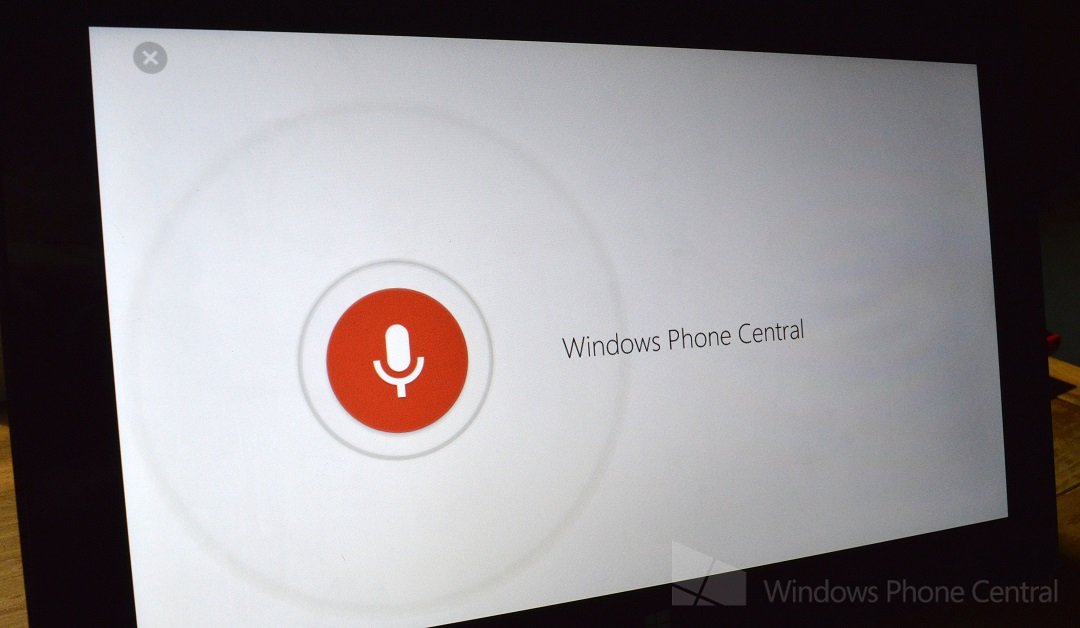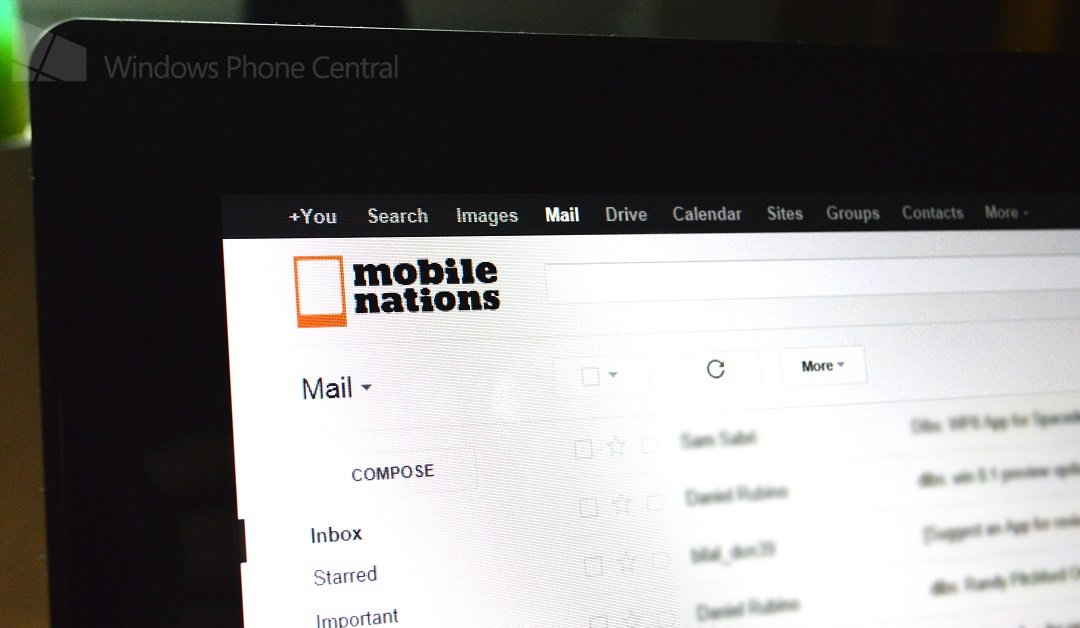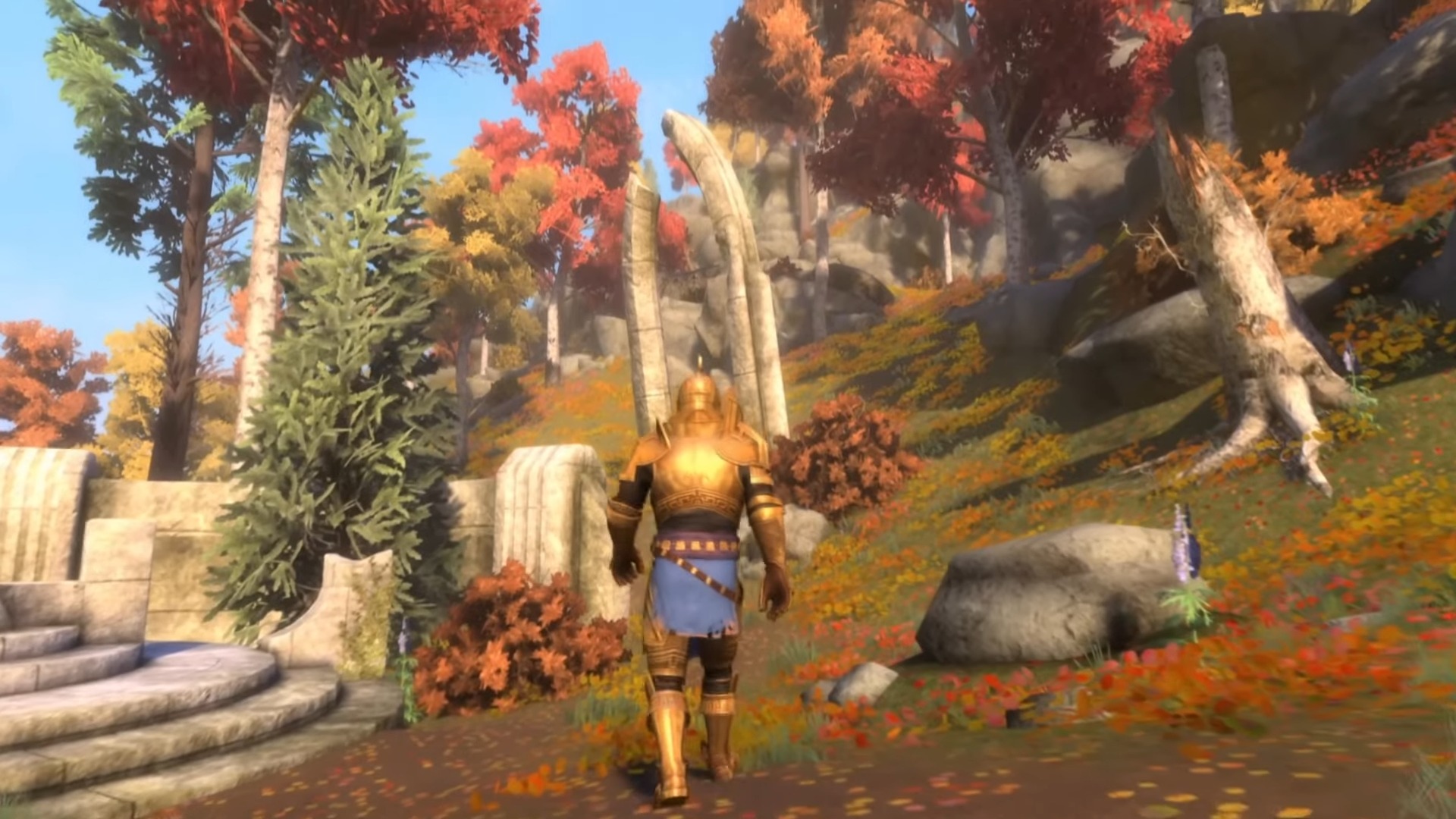The Google & Microsoft lifestyle: a match made in hell

The War
There was once a time when being a heavy Google services user and a Microsoft fan was the easiest choice on the block. The boys in Redmond could provide a robust and productive operating system platform while the Mountain View search cowboys could back you up with web services. Now, the two companies are going head to head and it might just be causing a hellish nightmare for consumers.
Microsoft has been attacking Google with their now infamous “Don’t get Scroogled” campaign; the advertising strategy is carried out by picking on Google services and software, stating that the company makes money off of you by sharing your personal information with 3rd parties.
On Google’s home front, they are pulling services from with under Microsoft’s feet and refusing to build applications for the operating system giant’s latest platforms including Windows 8 and Windows Phone stating that:
“We have no plans to build out Windows apps. We are very careful about where we invest and will go where the users are but they are not on Windows Phone or Windows 8…”– Clay Bavor, Google Apps Director
But like all fights between corporate giants, the consumers are the people being hurt in the mix. How easy is it for heavy Google services users to pick up Microsoft’s latest operating systems and get to work?
Comscore estimated that Google’s Gmail service was attracting just under 288 million unique visitors in October 2012, while Microsoft’s Hotmail/Outlook service was attracting around 286 million. This pits the number of active users between the two email services very close.
Are we willing to believe Google Director Clay Bavor’s statement that users are truly not to be found in great numbers on Windows Phone or Windows 8? Microsoft’s latest adoption rate for its PC operating system has been lacking behind Windows Vista and Windows 7, but it is still selling. Most likely, Google just isn’t willing to play nice with the boys in Redmond. That being said, the Redmond boys aren’t exactly sharing the playground at the moment (though they did at least add Google Talk support to Outlook.com).
The Users

So how are users actually being affected by Microsoft/Google War? Looking at a possible scenario, based on Google’s post popular services, we can construct a fictitious character (let’s call her Nina) and assume that she uses Google Search, Gmail, and YouTube.
Get the Windows Central Newsletter
All the latest news, reviews, and guides for Windows and Xbox diehards.
Nina has decided to upgrade her current Windows 7 laptop to a Windows 8 Ultrabook hybrid (let’s say the Lenovo IdeaPad YOGA). After booting up the machine she heads to the Windows store to download her collection of Google applications.
Right away, on her search for an official Gmail application, she notices that there isn’t one. Other apps from smaller email hosting providers and even Yahoo, but there is no Google. Interesting that Yahoo is able to publish an application for the platform, but Google (one of the largest email services in the world) just doesn’t have time.
Nina can use the built in Windows 8 Mail application and she decides to go ahead and do so, but there is no push support for her account and she is limited to grabbing her email every 15 minutes – a bit troublesome since she wants to know exactly when her latest digital issue of Popular Mechanics is in, but she can deal with it.
Back in December of last year Google made a move to pull support for Microsoft’s Exchange ActiveSync protocol, giving Microsoft just over a month to solve the problem. Currently, Microsoft is supporting Gmail’s IMAP protocol allowing users to receive their email (just not instantly via push).
In addition, Google chose to now support calDAV and cardDAV, two protocols not supported by Microsoft, to push calendar and contact information. As of now, Windows Phone and Windows 8 products do not support either although Windows Phone users who get the upcoming GDR2 update, will reportedly have this feature. Users can also opt for a third-party Gmail App that gives a near native like experience.
As a result of Microsoft and Google battling it out, Nina is left with an incomplete email service that won’t sync her contacts and calendar. Microsoft’s suggestions is to switch to their Outlook email service. Google’s suggestion is to… buy a Chromebook? The Mountain View company has not made it clear to Gmail users on Windows 8 what they should do, for now – they are in the cross fire.
Google Search applications are currently the only apps published by Google for Microsoft’s platforms. This makes Nina quite happy and she downloads the application and pins it to her Start Screen. She isn’t exactly happy with Microsoft’s decision to integrate Bing into the entire system, but for her, the Google application makes up for it. Same goes for other Google services like Voice or Maps, which need the assistance of third party apps.
Lastly Nina wants to sit back and watch some cat videos on YouTube and once again, there is no official Google application to do so. Luckily the world’s best YouTube client MetroTube (seriously, this isn’t an advertisement – it is awesome) is available for download.
The Future

As of now, the Microsoft ecosystem relies on third party applications like MetroTube, MyTube or MetroTalk to connect its users to core Google services. The problem begins to arise when Microsoft platform users cannot access Google protocols (for example: calendar and contacts).
Trying to live the Google/Microsoft lifestyle is currently viable thanks to 3rd party developers, like LazyWorm Applications, and their willingness to work with current Google APIs. But what would happen if Google tightened their YouTube API?
We can see this issue with the current Google+ API for developers – there really isn’t one. While basic access to Google+ is available, there isn’t a complete system for developers in place; this results in applications that simply serve as launchers (similar to a web bookmark).
To summarize, the two corporate technology giants are flinging shots at each other left and right. While Microsoft chooses to attack Google in advertisements to try and advance their Bing service and Windows Phone platform, Google chooses to restrict access to essential APIs and refuses to build applications for Windows 8 and Windows Phone.
This childish game first started growing out of hand when Google made a claim that Microsoft and Apple got “into bed together” to wage a “hostile, organized campaign against Android”. This “organized campaign” was the big patent war of 2012 in which the three companies battled for what they claimed was their own intellectual property.
A war between two of the major conglomerates will always have casualties, and unfortunately for us, this time we are the casualties. We aren’t yet at a state where it is impossible to use Google services on Microsoft platforms, but we are moving towards a stricter ecosystem world where we might see Googlers/Gmail users on one side and Bingers/Outlook users on the other.
We can only hope for the sake of technologies future and for the sake of innovation that the two companies can learn to work together in an ever expanding world of data.
A question to our Gmail users: How do you feel when using your Windows Phone or Windows 8 device? Do you feel restricted and has the wall that Google and Microsoft constructed ever make you feel like jumping the Windows ship and running to the Android platform?
Let us know in the comments below!

